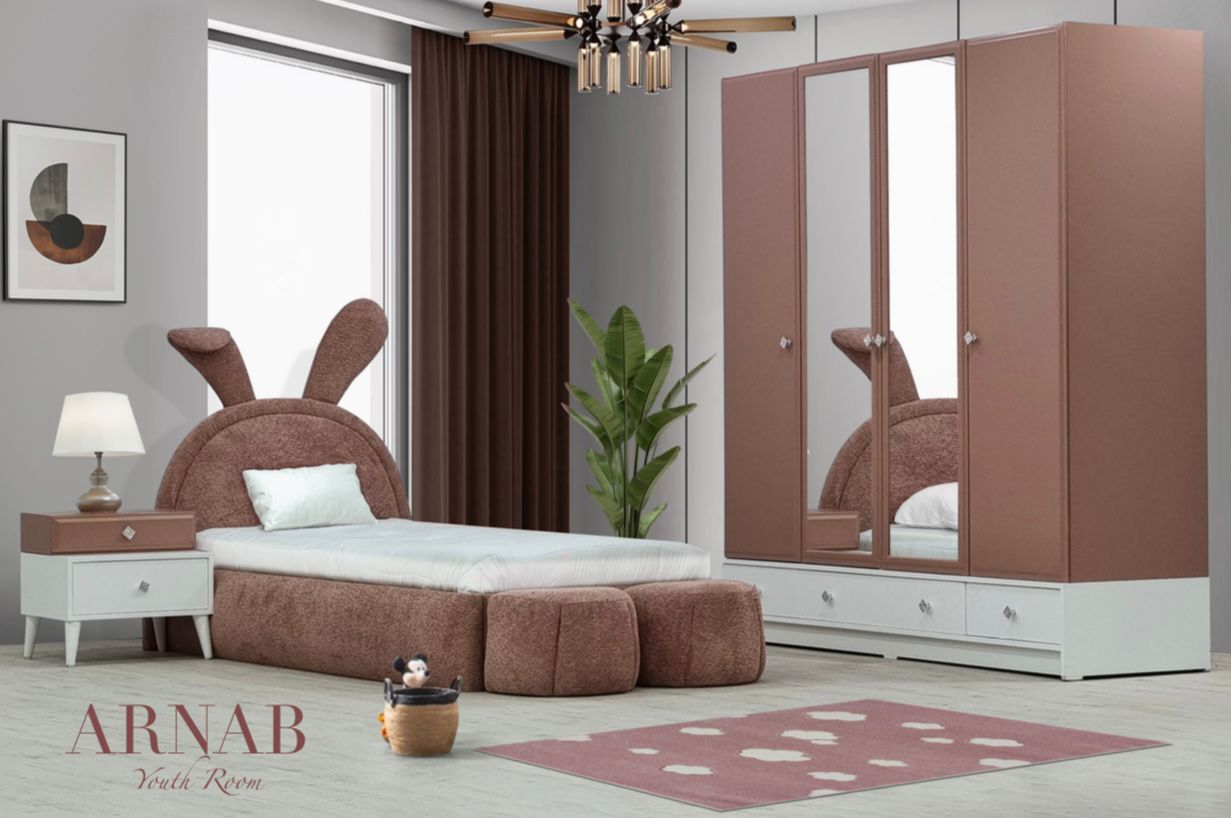Currently Empty: د.ا0.00
Designing a child's room is more than just choosing furniture and colors; It is a vital element that greatly affects the psychological and emotional state of the child. The surrounding environment plays an important role in the child’s development and his feeling of comfort and security, and therefore the smart design of the room can contribute to promoting the child’s healthy and sound development. In this article, we will review how the design of a child’s room can affect him psychologically.
1. Colors and their psychological impact
Calm and relaxing colours
Colors such as light blue, green, and lavender are soothing and help create a relaxing atmosphere. These colors can help reduce stress and anxiety, allowing the child to sleep better and focus on studying.
Bright and stimulating colours
Colors such as yellow, orange, and red can be stimulating and increase feelings of energy and vitality. Using these colors in a balanced way can enhance the child's creativity and activity.
2. Lighting and its effect on mood
Natural lighting
Natural lighting provides many benefits, including improving mood and increasing concentration. The room should be designed so that a sufficient amount of daylight enters through the windows.
Industrial lighting
Using adjustable light bulbs can help create different ambiances to suit different times of the day, whether it's for studying, playing or sleeping.
3. Furniture and its importance in comfort and safety
Comforts
Furniture should be comfortable and suitable for the child's size. Comfortable beds and supportive seating can help improve sitting and sleeping posture, promoting physical and mental health.
Safety
Furniture should be chosen with safe materials and designs without sharp edges to reduce the risk of injury. Safe furniture enhances the child's feeling of security and comfort.
4. Organization and arrangement
Storage spaces
Providing sufficient storage space helps keep the room tidy and organized. An organized room promotes a sense of calm and control and reduces stress.
Play area
Allocating a space for play enhances creativity and allows the child to enjoy his time freely, which contributes to developing his social and cognitive skills.
5. Elements that stimulate creativity
Books and educational activities
Providing bookshelves and places for educational toys helps stimulate the child’s love of learning and discovery.
Space for creativity
Allocating a corner for drawing or handicrafts encourages the child to express himself through the arts, which enhances self-confidence and creative skills.
6. Personal touches
Customization
Adding personal touches like family photos or a child's artwork can make a room feel warmer and more homely.
Conclusion
A child's room design plays a vital role in his psychological and emotional development. By choosing the right colors, good lighting, comfortable and safe furniture, and good organization, we can create an environment that encourages comfort, creativity, and healthy growth. The design should be flexible and adjustable to suit the child's changing needs over time.


